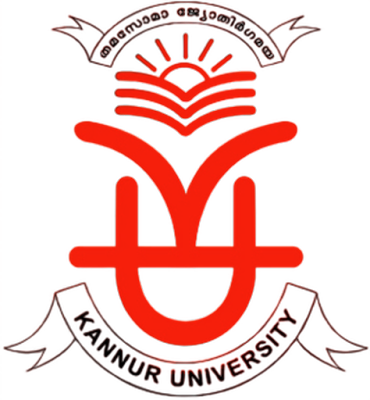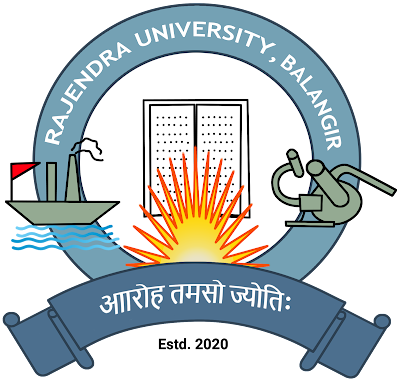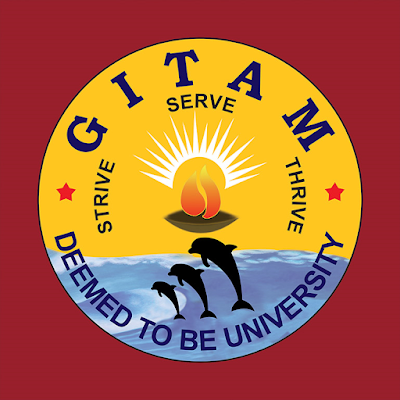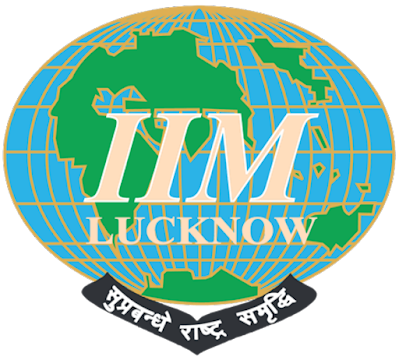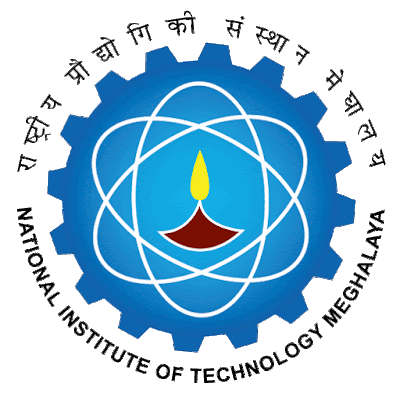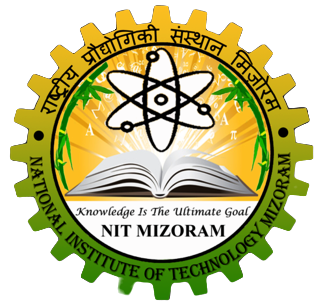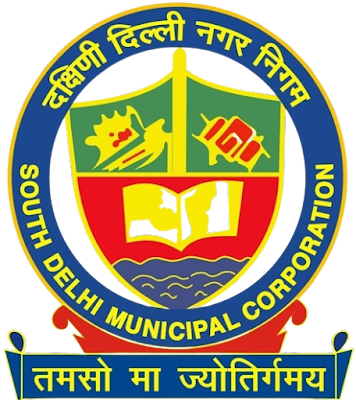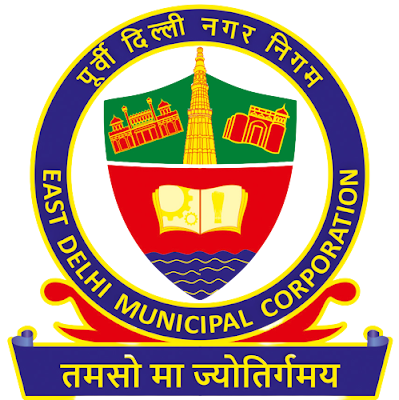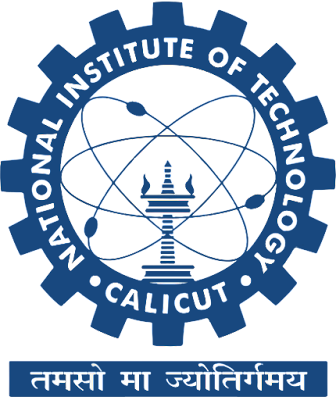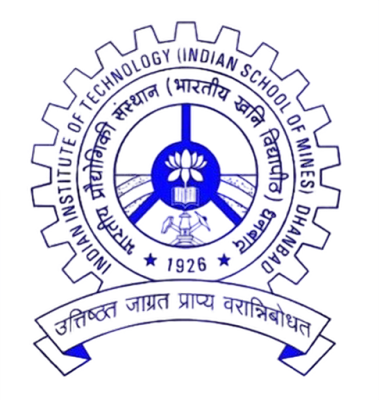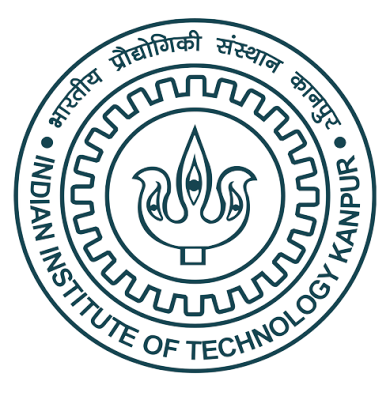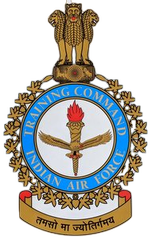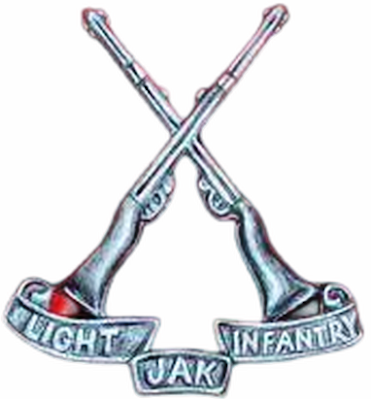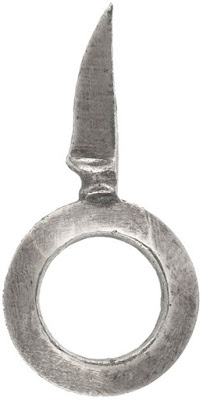DR RAM MANOHAR LOHIA AWADH UNIVERSITY
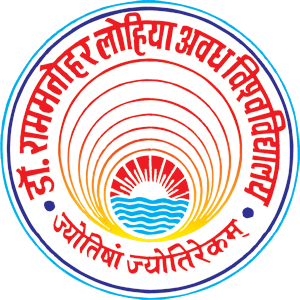
DR RAM MANOHAR LOHIA AWADH UNIVERSITY The emblem of Dr Ram Manohar Lohia Awadh University (RMLAU) holds the motifs of a rising sun glowing above a flowing body of water circumscribed by its name in Devanagari and motto in Sanskrit ‘ज्योतिषां ज्योतिरेकम्’ (34/1, Yajurved) meaning ‘The Mind is the Only Light of the Senses’. All these are ensconced by a blue circle. The flowing water denotes life, purification, transformation, change and renewal and the rising sun denotes life, energy, power, positivity, illumination, light and clarity.
